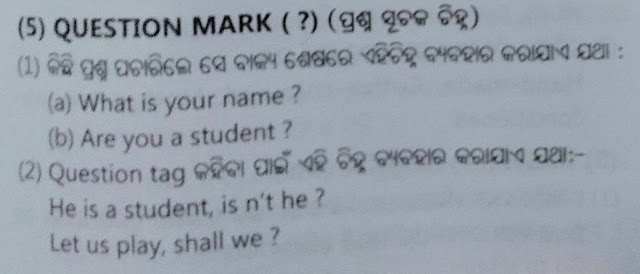1.
2..
3.
A.
C.
D.
E.
4.
5.
6.
7.
 |
8.
COLON
The colon is used to show that something is to follow.
For example, ‘I want the following items: a chair, a table, and a marker.’ Using a semicolon, instead of a colon can change the sense of the sentence. This is revealed in the sentences below :
a. Vansh is right; Ajay’s method is wrong.
This sentence indicates that both sentences are related, and implies that both Ajay and I are were working on the same problem.
b. Vansh is right: Ajay’s method is wrong.
This sentence indicates that the failure of Ajay’s method justifies Vansh, that is, Vansh is right about the fact that Ajay’s method is wrong.
HYPHEN
The hyphen is used to link two or more elements in a sentence. Not using a hyphen where it is required can alter the sense of the sentence.
For example,‘I want to re-cover my sofa’, implies that I want put a new cover on it
‘I want to recover my sofa’, implies that I want to recover it from someone who may
have borrowed or stolen it
EXCLAMATION MARK
The exclamation mark is used after interjections and after phrases and sentences expressing sudden emotion or wish. The meaning changes if exclamation mark is replaced by another punctuation.
For example,
a. What are you doing!
The above sentence can be understood to express surprise, bewilderment, or dismay.
b. What are you doing?
Using a question mark removes the element of sudden outburst if emotion and makes
it a simple question to know what the other person was doing.
Clearly, each punctuation mark has its own usage that should be understood independently. You must learn to differentiate between punctuation marks and not confuse one for the other. Doing so, can distort your intended meaning.
.jpg)


















No comments:
Post a Comment